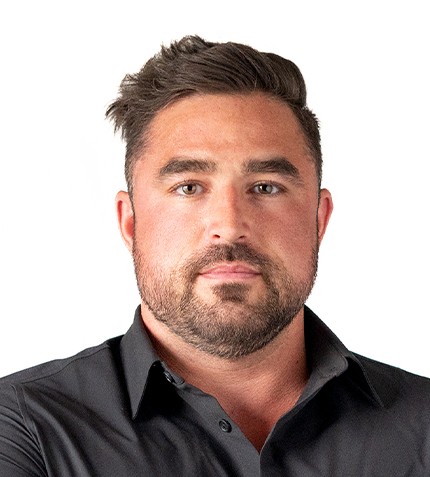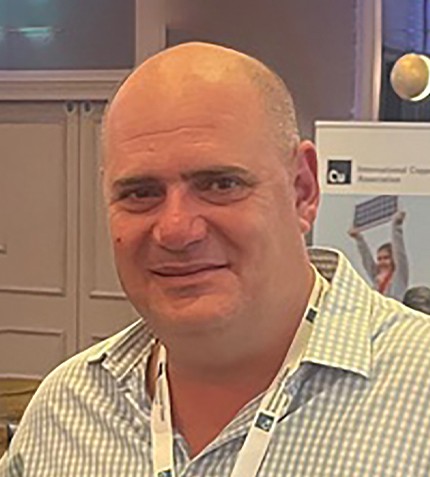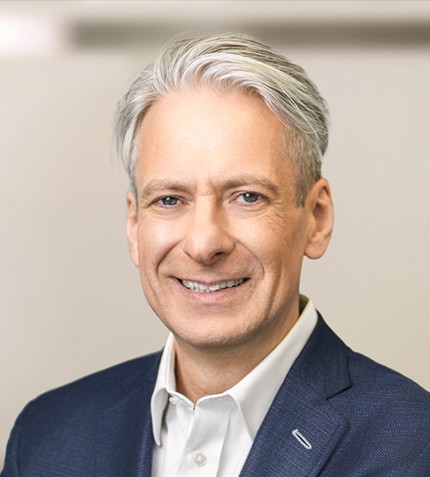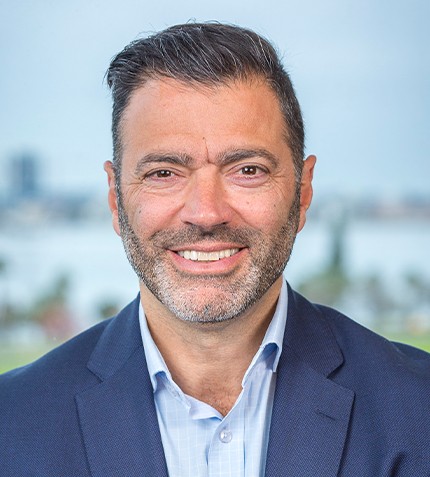
"Canada remains our base especially for the technical aspect of our operations for which we rely on local Canadian skills."
Paul Healy
PRESIDENT AMERICAS, REDPATH MINING
Given Redpath’s global presence, how significant is Ontario to your operations?
Eastern Canada continues to be a significant contributor to our overall volume. Our client base in the region includes Kirkland Lake Gold, Alamos Gold, Glencore, Vale, Newmont and others. Historically, as our clients moved around the world, we followed, allowing us to expand our international footprint to Indonesia, Mongolia and South America. We grew to have offices in all the major markets worldwide with over 6,000 employees. Nonetheless, Canada remains our base especially for the technical aspect of our operations for which we rely on local Canadian skills.
Redpath Mining‘s raiseboring division has completed a record-breaking hole at Kirkland Lake Gold’s Macassa mine in May of 2021. Can you tell us more about this project and your role?
As mining progressed to deeper levels, heat from host rock posed problems for workers and equipment alike, which made additional ventilation necessary. Kirkland Lake Gold engineers devised a ventilation circuit consisting of a 1,010 m raise and a 660 m raise, which would bring fresh air from surface to the underground workings. Redpath Raiseboring was up to the task, and in 2021 completed the record-breaking continuous leg to 1,670 m. The feat was accomplished with a Redbore 70 underground, and a Redbore 90EX on surface, each completing a 660m and a 1,010m hole, respectively.
Can you elaborate on Redpath’s approach to innovation and technology?
We are lucky to have dynamic operational teams and involved technical teams on the ground that communicate on opportunities for innovation, such as adapting products by OEMs or developing technology in-house to address certain challenges faced by clients. A big driver of innovation is safety and working on reducing operational risk. Overall, our technology tends to follow a pattern of starting off with a problem that evolves into a Redpath solution. A recent focus of ours has been working on products that provide real-time information so that decision-makers can lead operations with accuracy and make well-informed rapid choices. This has only been accelerated by Covid-19, as operations moved remotely which amplified this requirement.
What are the unique factors that you need to consider when developing new technologies for extreme environments?
We currently have projects in northern Canada where extremely cold temperatures and blizzards are the norm. In such cases, the equipment is modified using synthetic oils and heating packages. Another aspect to consider is how climate affects individuals on the ground. As we are an underground mining contractor, we encounter the environment as we are getting out or in, so it is not as problematic. Other unique Arctic challenges include blackout periods for ship access to sites, which we thoroughly plan for logistically. On the other hand, in South America we work at high altitudes, working in mines over 4,000 or 5,000 m above sea level. Oxygen levels at these altitudes affect people and their ability to work, as well as the equipment.
What is your outlook for the industry over the next two years, following this period of challenges?
Current metal prices are fuelling investor appetite to fund, and mining companies to develop the projects. We are also seeing increasing interest in the acquisition of greenfield projects. A key driver for the market is the global green energy revolution, which promotes electric and battery-powered vehicles. There is a solid demand for battery metals and we see a healthy pipeline of projects. Vale is investing in the Sudbury Basin and is working with Glencore to find a solution for development of Nickel RimDeep – Victor. Meanwhile, Redpath is sinking new shafts for Alamos Gold. Canadian Malartic is also planning a new shaft at Odyssey. We are working with some clients internationally on expansions as well, such as in Peru and Mongolia. In Indonesia, Freeport McMoran is finishing the development of the Grasberg mine and looking at adjacent ore bodies. We are seeing a lot of opportunities overall, across the board.










